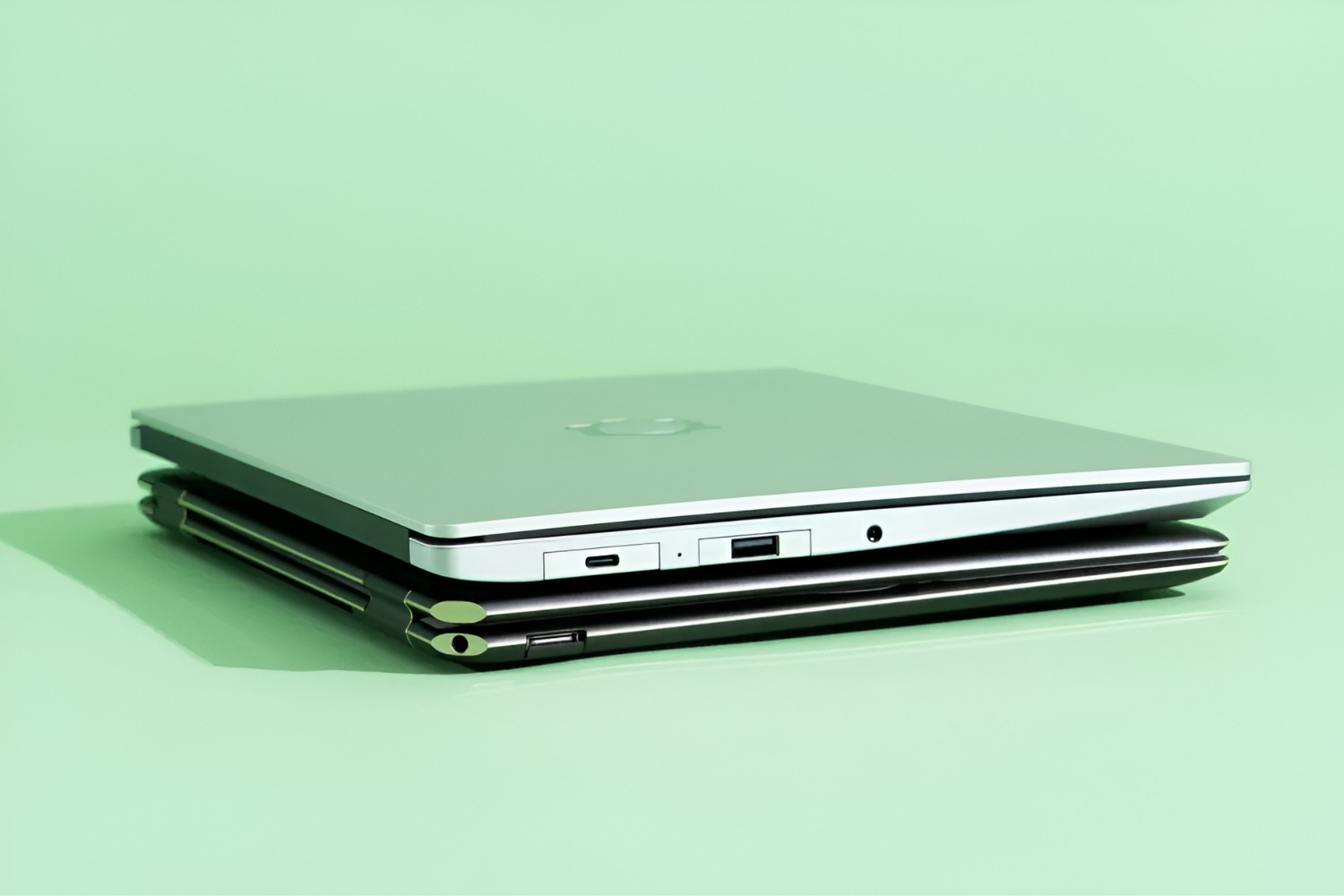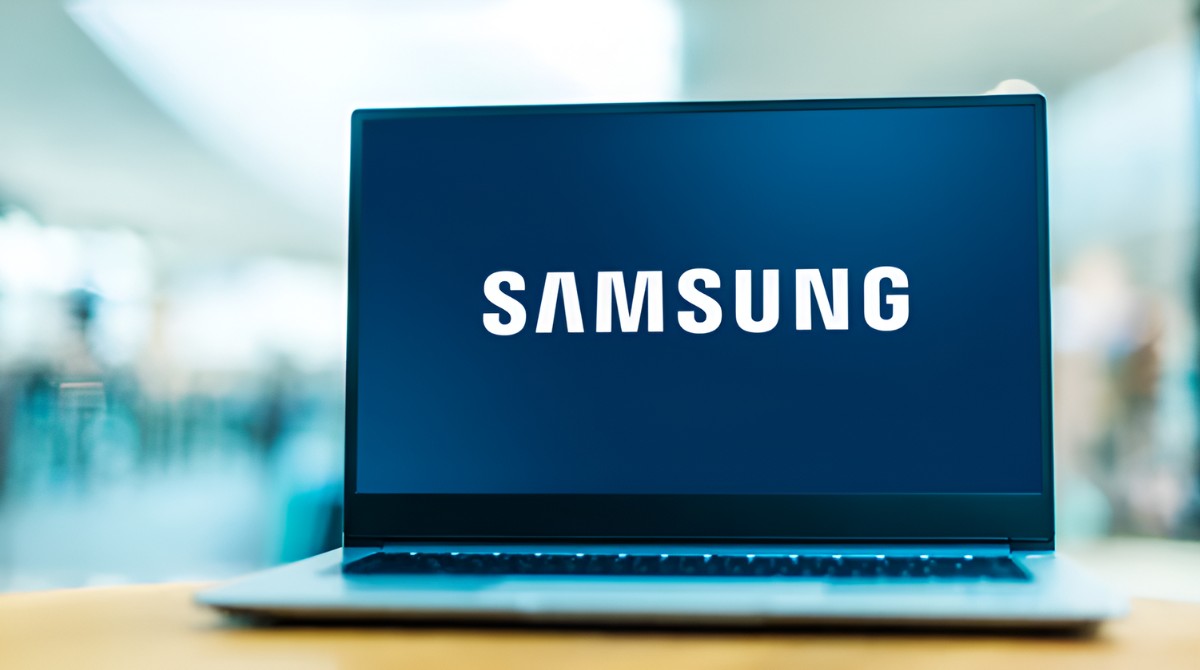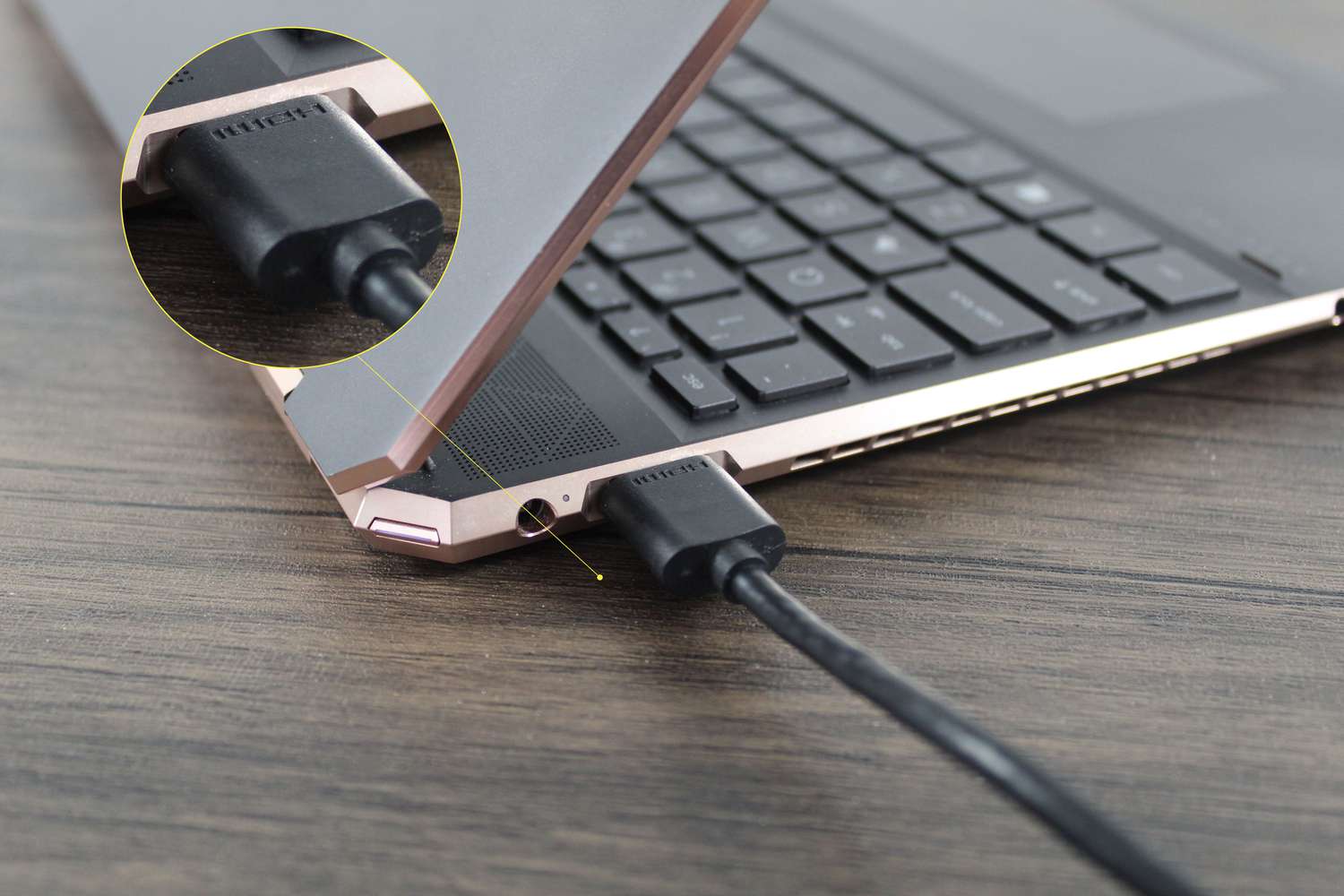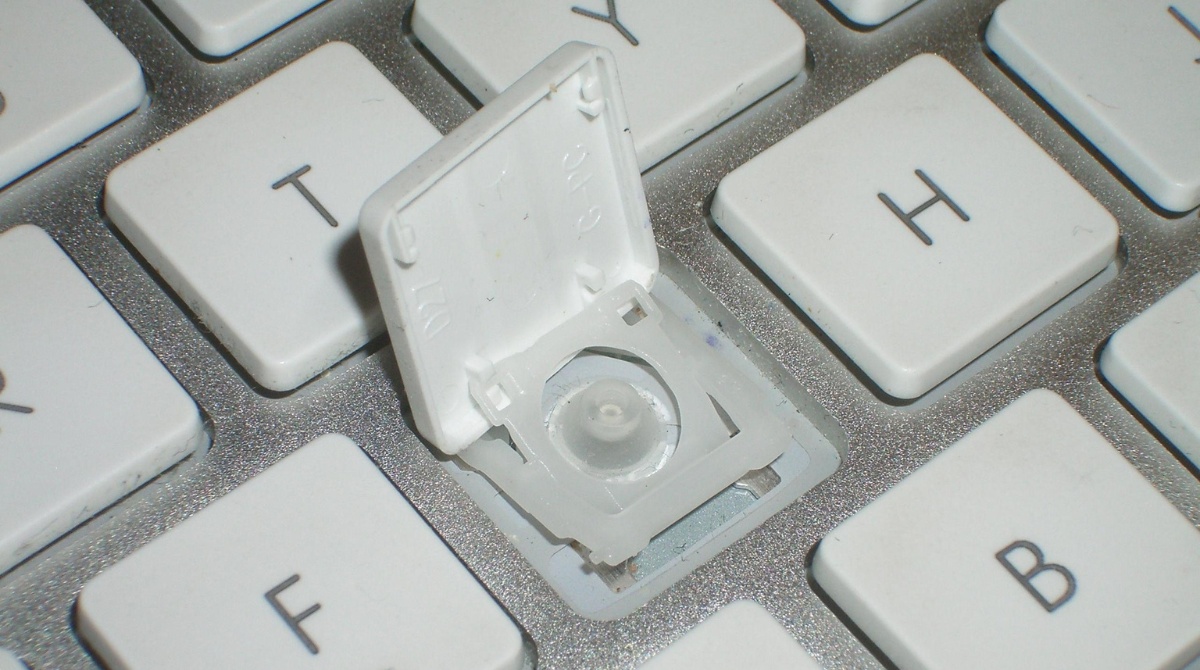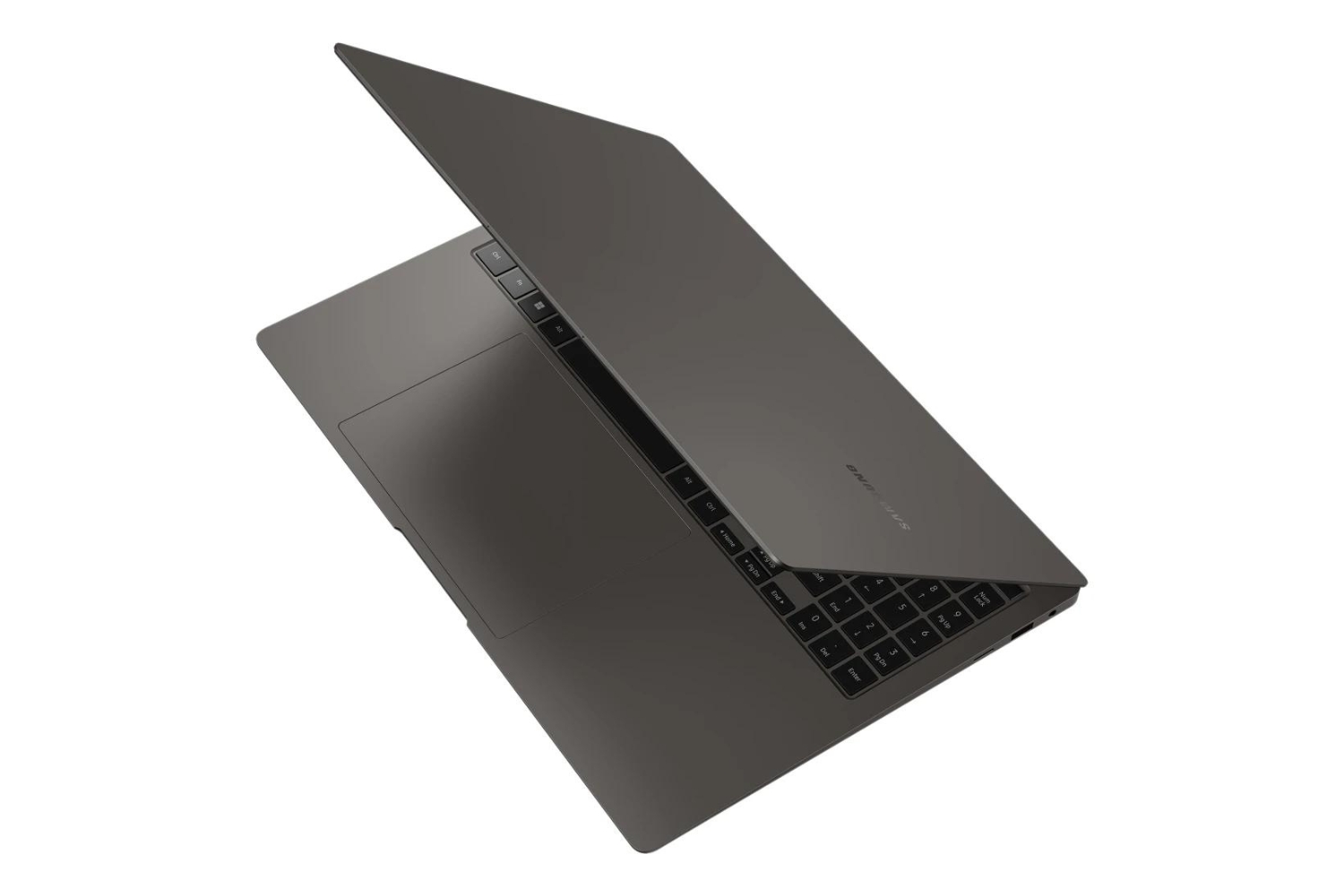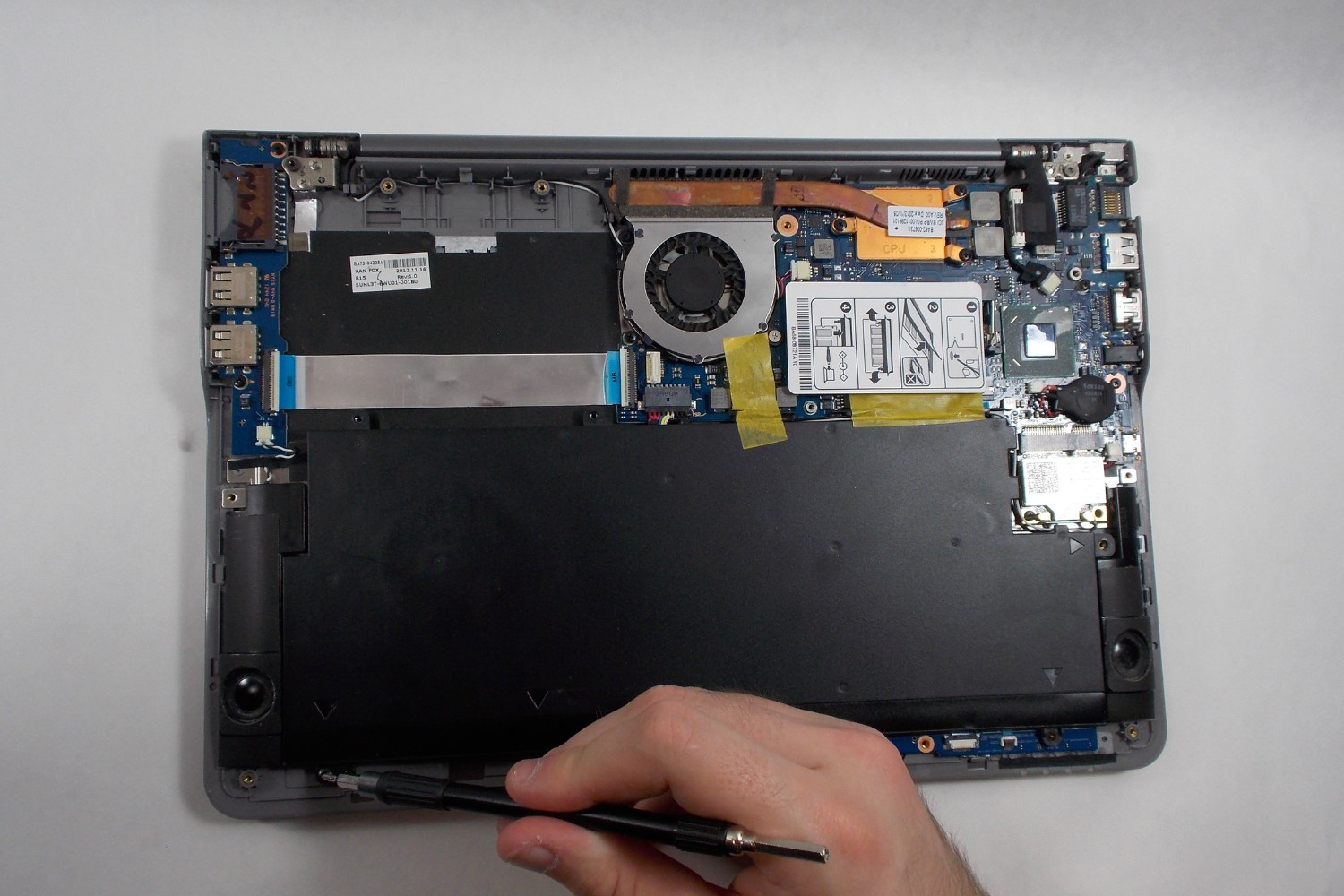Introduction
Welcome to our troubleshooting guide for the Samsung Ultrabook. This versatile and high-performance device is known for its sleek design and portability, making it a popular choice for professionals and students alike. However, like any electronic device, the Samsung Ultrabook may encounter issues from time to time.
One common problem faced by Samsung Ultrabook users is the device turning off unexpectedly when it is moved. This can be frustrating, especially when you are in the middle of an important task or presentation. In this article, we will explore the possible causes for this issue, including hardware and software-related factors, and provide practical troubleshooting steps to help you resolve the problem.
It is essential to note that while this guide addresses the specific issue of the Samsung Ultrabook turning off when moved, some of the troubleshooting steps may be applicable to other similar issues as well. Now, let’s dive into the different causes and solutions for this problem.
Common Causes for the Issue
There are several factors that could contribute to the Samsung Ultrabook turning off when it is moved. Understanding these common causes can help you pinpoint the source of the problem and determine the most suitable solution. Let’s explore some of the possible culprits:
- Hardware Issues: One of the primary reasons for the device shutting down when moved could be due to hardware-related problems. This includes loose connections, faulty components, or improper seating of internal parts. If the internal components are not securely in place, even a slight movement can cause the device to lose power.
- Battery Issues: A defective or worn-out battery can also be a contributing factor. If the battery is not able to provide a stable power supply, the device may shut down as a protective measure. Additionally, if the battery connection is loose or damaged, it can result in power interruptions when the device is moved.
- Software Issues: In some cases, software-related issues can be responsible for the sudden shutdown of the Samsung Ultrabook. This could be caused by outdated drivers, incompatible software, or conflicts between different programs running on the device. It is important to ensure that the software on your Ultrabook is up to date to prevent such issues.
- Heat and Ventilation: Overheating can also trigger the device to shut down unexpectedly. When the Samsung Ultrabook becomes too hot, it automatically powers off to prevent damage to the internal components. Inadequate ventilation, such as blocking the air vents or using the device on soft surfaces that hinder proper airflow, can contribute to this issue.
These are the common factors that can result in the Samsung Ultrabook turning off when moved. Identifying the root cause will help you find the most appropriate solution to resolve the problem. In the following sections, we will explore troubleshooting steps that you can take to address each of these potential causes and get your Ultrabook functioning properly again.
Hardware Issues
One of the potential causes for the Samsung Ultrabook turning off when moved is hardware-related issues. These issues can include loose connections, faulty components, or improper seating of internal parts. Here are some troubleshooting steps to help address hardware issues:
- Check for Loose Connections: Start by ensuring all external cables, such as the power adapter and peripherals, are securely connected to the Ultrabook. A loose connection can result in power interruptions when the device is moved. Additionally, check the internal connections by opening the back panel of the device (if possible) and ensuring that all cables and components are properly seated.
- Inspect for Damaged or Faulty Components: Examine the internal components, such as the RAM modules, hard drive, and battery, for any signs of damage. If you notice any physical damage or suspect a specific component to be faulty, consult a professional technician or reach out to Samsung support for further assistance. They can guide you on the best course of action, whether it’s replacing the faulty component or seeking a repair service.
- Reinstall Internal Components: If you are comfortable doing so, try reseating the internal components of the Ultrabook. Carefully remove and then reinsert the RAM modules, hard drive, and battery. This can help ensure a secure connection and eliminate any loose connections that may be causing the device to shut down when moved.
- Update Firmware: Check for firmware updates for your Ultrabook. Firmware updates often include bug fixes and improvements that can help address hardware-related issues. Visit the Samsung support website and search for your model’s firmware updates. Follow the instructions provided to update the firmware, if available.
By following these troubleshooting steps, you can effectively address potential hardware issues that may cause the Samsung Ultrabook to turn off when moved. Remember to exercise caution and seek professional guidance if you are unsure about any specific hardware-related steps or suspect severe damage to the internal components.
Battery Issues
A defective or worn-out battery can also be a common cause for the Samsung Ultrabook turning off when it is moved. If the battery is not able to provide a stable power supply or if the connection is loose or damaged, it can result in power interruptions. Here are some troubleshooting steps to address battery-related issues:
- Check Battery Health: Start by checking the health of your Ultrabook’s battery. Many laptops, including Samsung Ultrabooks, have built-in battery diagnostic tools. Access these tools through the operating system or the manufacturer’s software to assess the battery’s condition. If the diagnostic tool indicates a problem, it may be time to replace the battery.
- Inspect Battery Connections: Ensure that the battery connection to the Ultrabook is secure. Sometimes, a loose or damaged battery connection can result in power interruptions when the device is moved. Gently remove the battery and reinsert it, making sure it fits snugly into place. If the battery connection appears damaged, consider contacting Samsung support for further assistance.
- Replace the Battery: If the battery health is poor or if you have been using the Ultrabook for an extended period, it’s possible that the battery may need to be replaced. Contact Samsung support or visit an authorized service center to obtain a new battery that is compatible with your specific model. Always follow the manufacturer’s instructions for battery replacement to ensure safety and proper functioning.
- Optimize Power Management: Maximize the battery life of your Ultrabook by optimizing its power management settings. Reduce the screen brightness, disable unnecessary background processes, and adjust the power plan to a more power-efficient option. This can help minimize power drainage and prevent unexpected shutdowns when the device is in use or moved.
By following these troubleshooting steps, you can address battery-related issues that may be causing the Samsung Ultrabook to turn off when it is moved. Remember to exercise caution when handling the battery and seek professional assistance if you are uncertain about any specific steps or require a replacement battery.
Software Issues
Software-related problems can also contribute to the Samsung Ultrabook shutting off when it is moved. Outdated drivers, incompatible software, or conflicts between different programs can disrupt the device’s normal functioning. Here are some troubleshooting steps to address software issues:
- Update Samsung Drivers and Software: Ensure that your Samsung Ultrabook has the latest drivers and software installed. Outdated drivers can cause compatibility issues and lead to unexpected shutdowns. Visit the Samsung support website and search for your model’s drivers and software updates. Follow the instructions provided to download and install the updates.
- Perform a System Scan: Run a comprehensive antivirus and malware scan on your Ultrabook. Viruses and malware can cause system instability and unexpected shutdowns. Use a reliable antivirus program and scan your device thoroughly. Remove any detected threats and ensure that your Ultrabook is protected from potential security risks.
- Check for Conflicting Software: Determine if any recently installed software is causing conflicts with the system. Uninstall any programs that you suspect may be contributing to the shutdown issue. Pay attention to software that interacts directly with the hardware or modifies system settings. Once uninstalled, observe if the issue persists.
- Perform a System Restore: If the issue started after installing new software or making changes to the system settings, consider performing a system restore to a previous point when the Ultrabook was functioning properly. This can help revert any problematic changes and restore the system to a stable state.
Taking these troubleshooting steps can help resolve software-related issues that may be causing your Samsung Ultrabook to turn off when moved. By keeping your drivers and software up to date, performing regular system scans, and addressing any conflicting programs, you can ensure the smooth and uninterrupted operation of your Ultrabook.
Troubleshooting Steps
When faced with the issue of a Samsung Ultrabook turning off when moved, it’s essential to follow systematic troubleshooting steps to identify and resolve the problem. Here are some general troubleshooting steps that can help address the issue:
- Perform a Power Cycle: Start by performing a power cycle of your Ultrabook. Shut it down completely, disconnect the power adapter, and remove the battery (if removable). Press and hold the power button for about 30 seconds to discharge any residual power. Reinsert the battery (if applicable) and reconnect the power adapter, then power on the device.
- Test the Device on a Stable Surface: Check if the issue occurs when the Ultrabook is moved on an unstable or uneven surface. Place the device on a firm and stable surface, such as a desk or table, and observe if it still shuts down when moved. If the problem persists, move on to the next troubleshooting step.
- Check for Loose Components: Inspect your Ultrabook for any loose internal components. Open the back panel (if possible) and ensure that all cables, connectors, and components are securely seated. Tighten any loose screws or connections, if applicable. Loose components can cause power interruptions when the device is moved.
- Run System Diagnostics: Use the built-in system diagnostics, if available, to check for any hardware or software issues. Access these diagnostics through the manufacturer’s provided software or by pressing a specific key combination during the startup process. Follow the on-screen instructions to perform a comprehensive system scan.
It is worth noting that these are general troubleshooting steps, and the specific steps may vary depending on the make and model of your Samsung Ultrabook. Consult the user manual or visit the official Samsung support website for more specific troubleshooting guidance tailored to your device.
If the issue persists after following these general troubleshooting steps, it is advisable to reach out to Samsung support or consult a professional technician for further assistance. They can provide specialized guidance and perform in-depth diagnostics to identify and resolve the issue with your Samsung Ultrabook.
Update Samsung Drivers and Software
Keeping your Samsung Ultrabook’s drivers and software up to date is crucial for ensuring optimal performance and resolving potential issues, including the device turning off when moved. Outdated drivers or incompatible software can cause system instability and unexpected shutdowns. Here are the steps to update Samsung drivers and software:
- Check for Updates: Visit the official Samsung support website and navigate to the drivers and software section. Enter the model number or select your Ultrabook model from the provided options. Look for available updates for drivers, BIOS, and any other essential software.
- Download the Updates: Once you have identified the latest updates, download them to your Ultrabook. Ensure that you are downloading the correct drivers and software for your specific model and operating system version. It may be helpful to take note of the update versions and their release notes for reference.
- Install the Updates: After the updates have finished downloading, proceed to install them on your Ultrabook. Double-click on each downloaded driver or software package to launch the installation wizard. Follow the on-screen instructions to complete the installation process. It is recommended to install critical updates first, then proceed with optional updates.
- Restart the Ultrabook: After installing the updates, restart your Samsung Ultrabook. This allows the changes to take effect and ensures that the updated drivers and software are properly implemented in the system.
Regularly checking for and updating Samsung drivers and software can help resolve compatibility issues and improve the stability of your Ultrabook. It is recommended to perform these updates periodically to ensure that your device remains up to date with the latest enhancements and bug fixes provided by Samsung.
If you encounter any difficulties during the update process or if the issue persists even after updating the drivers and software, consider reaching out to Samsung support for further assistance. They can provide specific troubleshooting guidance and address any concerns related to updating your Samsung Ultrabook’s drivers and software.
Reset the Device’s Power Management Settings
Resetting the power management settings of your Samsung Ultrabook can help resolve issues related to power interruptions and unexpected shutdowns when the device is moved. By restoring the power management settings to their default values, you can ensure that any misconfigurations or conflicts are eliminated. Follow these steps to reset the power management settings:
- Open Power Options: Click on the Start button and search for “Power Options” in the search bar. Select the appropriate Power Options from the search results.
- Select Power Plan: In the Power Options window, you will see a list of power plans available for your Ultrabook. Choose the power plan that is currently active and click on “Change plan settings” next to it.
- Restore Default Settings: On the Edit Plan Settings page, click on “Restore default settings for this plan.” This will reset the power plan settings to their original configuration.
- Apply the Changes: Once you have restored the default settings, click on the “Save changes” button to apply the changes to the power plan. Close the Power Options window.
- Restart the Ultrabook: To ensure that the changes take effect, it is recommended to restart your Samsung Ultrabook. Restarting the device will refresh its system settings, including the power management settings.
By resetting the power management settings, you can eliminate any misconfigurations or conflicting settings that may be causing the Samsung Ultrabook to turn off when moved. Restoring the settings to their default values ensures that your device is using the optimal power management configuration provided by Samsung.
If the issue persists even after resetting the power management settings, consider trying other troubleshooting steps or seeking assistance from Samsung support. They can provide further guidance and help identify any underlying issues that may be causing the unexpected shutdowns when your Ultrabook is moved.
Check for Loose Components
When the Samsung Ultrabook turns off when moved, it’s possible that there may be loose components within the device. Loose connections or improperly seated internal parts can lead to power interruptions and unexpected shutdowns. Here are the steps to check for and secure any loose components:
- Power Off and Unplug: Before inspecting the internal components, ensure that your Ultrabook is powered off and unplugged from the power source. This step is crucial to avoid electrical hazards and prevent accidental damage to the device.
- Remove the Back Panel (if applicable): Depending on the model of your Samsung Ultrabook, you may have the option to remove the back panel. Consult the user manual or online resources specific to your device to determine if this is possible.
- Inspect Internal Connections: With caution, visually inspect the internal connections and components of your Ultrabook. Look for any loose cables, connectors, or screws. Gently press on the connectors to ensure they are properly seated.
- Tighten Loose Screws: If you notice any loose screws, use an appropriately sized screwdriver to tighten them. Be careful not to overtighten, as this can cause damage to the surrounding components. Ensure that all screws are secure but not excessively tightened.
- Reinsert Components: If you are confident in doing so, carefully remove and reinsert internal components such as the RAM modules, hard drive, and battery. This helps establish a secure connection and eliminates any potential issues caused by loose components.
By checking for loose components, you can address potential causes for the Samsung Ultrabook turning off when moved. The internal connections and seating of components play a crucial role in maintaining a stable power supply and uninterrupted functioning of the device.
If you are uncomfortable with performing these checks yourself or if the issue persists even after securing any loose components, it is recommended to seek professional assistance. Samsung support or authorized service centers can provide specialized guidance and perform detailed inspections to further diagnose and resolve any loose component-related issues.
Test the Device on a Stable Surface
One effective troubleshooting step when dealing with a Samsung Ultrabook that turns off when moved is to test the device on a stable surface. The issue may be caused by instability or movement sensitivity, which can trigger unexpected shutdowns. Performing the following steps can help identify if the problem is related to the surface on which the Ultrabook is being used:
- Select a Stable Surface: Choose a flat and stable surface, such as a desk or table, to place your Samsung Ultrabook for testing. Avoid using soft or uneven surfaces like beds or couches, as they may cause the device to move or tilt more easily.
- Ensure Proper Ventilation: Make sure that the ventilation and cooling system of your Ultrabook is unobstructed while conducting the test. Blocked air vents can lead to overheating, which can trigger power interruptions and shutdowns.
- Secure the Device: Position the Ultrabook securely on the stable surface, ensuring that it does not wobble or move with light pressure. This will minimize any unintended movement that could trigger the device to turn off.
- Perform Normal Activities: Use the Ultrabook for your everyday tasks, such as browsing the internet, working on documents, or watching videos. Move the device around on the stable surface, observing if it shuts down unexpectedly during any movements.
- Observe the Results: Pay close attention to whether the Samsung Ultrabook continues to turn off when moved on the stable surface. Take note of any specific movements or angles that consistently trigger the shutdowns.
By testing the device on a stable surface, you can determine if the issue is related to the device’s sensitivity to movement. If the Ultrabook no longer shuts down when placed on a stable surface, it suggests that the previous unexpected shutdowns were caused by the device’s movement rather than a hardware or software issue.
If the Ultrabook continues to shut down even on a stable surface, it is recommended to try other troubleshooting steps or seek assistance from Samsung support. They can provide further guidance specific to your device and help diagnose any underlying issues that may be causing the unexpected shutdowns when the Ultrabook is moved.
Conclusion
Experiencing the Samsung Ultrabook turning off when moved can be frustrating, but with the troubleshooting steps outlined in this guide, you can effectively resolve the issue. By addressing potential hardware, battery, and software-related causes, as well as testing the device on a stable surface, you can identify and rectify the problem.
Hardware issues, such as loose connections or faulty components, require careful inspection and securing of internal components. Battery problems may necessitate checking battery health, ensuring proper connections, or even replacing the battery. Software issues can be resolved by updating drivers and software, scanning for malware, and checking for conflicting programs. Additionally, resetting power management settings can help address any misconfigurations.
Throughout the troubleshooting process, it is crucial to exercise caution, follow the manufacturer’s guidelines, and seek professional assistance if needed. Samsung support or authorized service centers can provide specialized guidance and perform more in-depth diagnostics if the issue persists.
Remember, finding a resolution may involve a combination of these troubleshooting steps. It’s important to be patient and methodical in your approach. By eliminating potential causes and finding the right solution, you can restore the proper functioning of your Samsung Ultrabook.
If you have followed the troubleshooting steps outlined in this guide and are still experiencing issues with your Samsung Ultrabook, do not hesitate to reach out to Samsung support for further assistance. They have the expertise to guide you through the process and provide specific recommendations based on your unique situation and device model.







